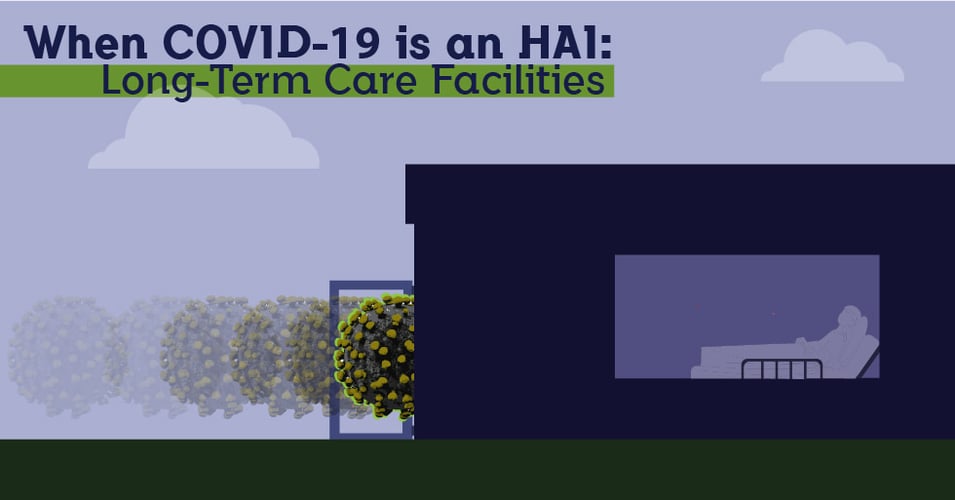Professional Profile: Sheila Cahnman, FAIA, FACHA, LEED AP, and Growing Innovation in Healthcare Design

Few architects have the vantage point brought by a career in healthcare spanning 4 decades. Professional leaders with this kind of experience, in addition to thoughtful reflection, give us a priceless perspective on where we have been, where our past has brought us today, and what our options are for tomorrow. One such leader is Sheila Cahnman, FAIA, FACHA, LEED AP, a healthcare architect who recently shared her thoughts on innovation in healthcare design, both in a published article and a follow-up interview. In today's post, we'll explore how this architect sees the field of healthcare design, a field where when it comes to innovation, we reap what we sow.
An 8th grade honors urban planning project inspired young Sheila to pursue design, but it was a college architecture professor - a woman in a male-dominated field - who urged her to go into architecture. Her love of designing cities translated into creating hospitals, structures Sheila realized were "little cities" requiring full urban planning, just on a smaller scale. Armed with her degree and her involvement with Chicago Women in Architecture, Cahnman landed a position at HLM Design, where she specialized in healthcare design. Looking back on her career, Cahnman identifies four key concepts in healthcare design innovation, tied together by a consistent metaphor that runs through her interview: Innovation is like a garden, requiring creativity, good soil, patience, and careful harvest.
1. Innovation grows when the architect or designer is willing to research and present ideas to clients that may be outside of of their comfort zone. For Cahnman, the "nature of design is problem-solving, trying to come up with a solution to a problem or a solution to a need that may be different from what the client expects.” Innovations can come from outside the design field, requiring the architect to always be on the look-out for ideas to implement. Reflecting on working with more conservative clients, Cahnman tries to "show them that the new ideas ready to harvest are out here," indicating the parameters of what has been done before, just to encourage them to venture out and try an innovative idea. Sometimes the architect has to come to the client armed with data or precedence, allowing the client to examine the fruit rather than the seed. At the end of the day, however, Cahnman urges designers to keep presenting new ideas, even if they don't come to fruition right away.
2. Innovation grows best in certain climates. "The ground has to be fertile" for innovation, says Cahnman, which is difficult today "clients have a lot of financial pressures and they're understaffed," while also being less and less independent as "hospitals have been bought up by systems and systems are being bought by systems," all climates that are unfavorable to innovation. The standardization that comes with large systems can stunt innovation, says Cahnman. "If you standardize everything, then what changes? Standardization is fine as long as you are continuously improving your standardization. But usually we standardize and then we don’t go back for ten years." Design by committee, along with the need to get design approvals through multiple levels of administration, also stifles the growth of innovation. Cahnman remembers when the ground was more fertile for innovation, when she had the opportunity to work with clients closely with fewer outside pressures. While these times may be passed, Cahnman sees the need to 'prepare the soil,' so to speak, providing the right environment for innovation.
3. Innovation growth takes time. Cahnman addressed the lack of time faced by clients and architects, an obstacle that prevents innovation from flourishing: "Thirty years ago I could spend hours with nursing teams. I’d get in the room with ten nurses and I could ask them questions, and we could germinate a lot of different ideas." Today's time crunch pushes architects to "identify what type of value your proposal brings" early on in the process, to gain the client's trust and demonstrate return on investment instead of relying on long discussions and work groups. Recalling an innovative patient room design she proposed, Cahnman describes the steps she and her team had to take to evidence value, including creating a mock-up of the space. "It was just a matter of saying ‘here, we have this idea. These are your goals and what you’re trying to accomplish, and here’s a different way of looking at it than you’re used to.” This preparation by the architect anticipates the concerns and priorities of the client, much like planting and nurturing a seed indoors before transplanting it to your garden once it is already a seedling.
4. Innovation is there for those who reach for it. The field of architecture is "ripe for innovation," Cahnman insists, despite the slow progress of adoption. Innovation may seem difficult in a field constrained by codes, she explains. "A lot of people today design things to what the code or guidelines say, and those are minimum standards. Some brave thinking designs are pushing those requirements." Collaboration between design firms, university-affiliated independent research, and data can - and does - update codes and support innovation. Planning with the future in mind and laying the groundwork for growth go a long way to ensure innovation. Cahnman uses one of her past projects to illustrate how long-term planning can sow the seeds of innovation: Tasked with designing a campus which could accommodate substantial growth, Cahnman integrated flexibility and space which could grow with the facility, even when the administration changed (along with the client priorities). Her design was able to sustain the planned growth of the campus while remaining flexible enough to accommodate change.
Cahnman remains hopeful for the future of healthcare architecture, imagining the exciting places it could go if we all could embrace a little more uncertainty and require a little less precedence. Today's construction methods allow for modular design, use of 3D printing, and other innovations, most of which are as of yet untapped by healthcare design. To Cahnman, in contrast, "how we put hospitals together seems very archaic." The future is out there for those firms and clients who are brave enough to plant today what they hope to reap in the future.
For Cahnman personally, the future means using her experience to help plan the medical facilities of the future through thought leadership and mentorship through her consulting firm, the aptly named JumpGarden Consulting. With her guidance, hospitals and other medical facilities can plan for innovation, creating an environment where innovation can flourish while also meeting timeline and budget constraints. Through her consulting and professional involvement, Cahnman reminds us to bring back some of the elements that encouraged innovation decades ago, even as we adapt to new pressures and a changing field. It's not too late to bring back innovation. As the Chinese proverb goes, "The best time to plant a tree was twenty years ago. The second best time is today."
 Sheila Cahnman began her studies of architecture earning her BA in Design of the Environment at the University of Pennsylvania, where she would also earn her Master of Architecture. Starting as an intern at Hansen Lind Meyer, she worked her way up to Principal-in-Charge and lead medical planner on numerous large projects, including the University of Chicago's new Comer Children's Hospital. In 2004, she joined HOK as Chicago Healthcare Leader where she served as Project Director on many expansion projects. She became the Healthcare Market Sector Leader at AECOM in 2013, where her designs reached beyond North America into Dubai and Turkey. In 2014, she founded her own consulting firm, JumpGarden Consulting, to focus on healthcare design planning and mentorship.
Sheila Cahnman began her studies of architecture earning her BA in Design of the Environment at the University of Pennsylvania, where she would also earn her Master of Architecture. Starting as an intern at Hansen Lind Meyer, she worked her way up to Principal-in-Charge and lead medical planner on numerous large projects, including the University of Chicago's new Comer Children's Hospital. In 2004, she joined HOK as Chicago Healthcare Leader where she served as Project Director on many expansion projects. She became the Healthcare Market Sector Leader at AECOM in 2013, where her designs reached beyond North America into Dubai and Turkey. In 2014, she founded her own consulting firm, JumpGarden Consulting, to focus on healthcare design planning and mentorship.![EOScu Logo - Dark - Outlined [07182023]-01](https://blog.eoscu.com/hubfs/Eoscu_June2024/Images/EOScu%20Logo%20-%20Dark%20-%20Outlined%20%5B07182023%5D-01.svg)




